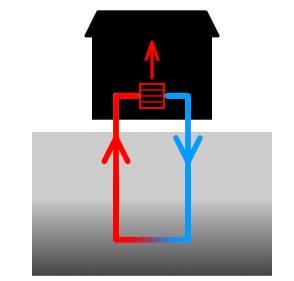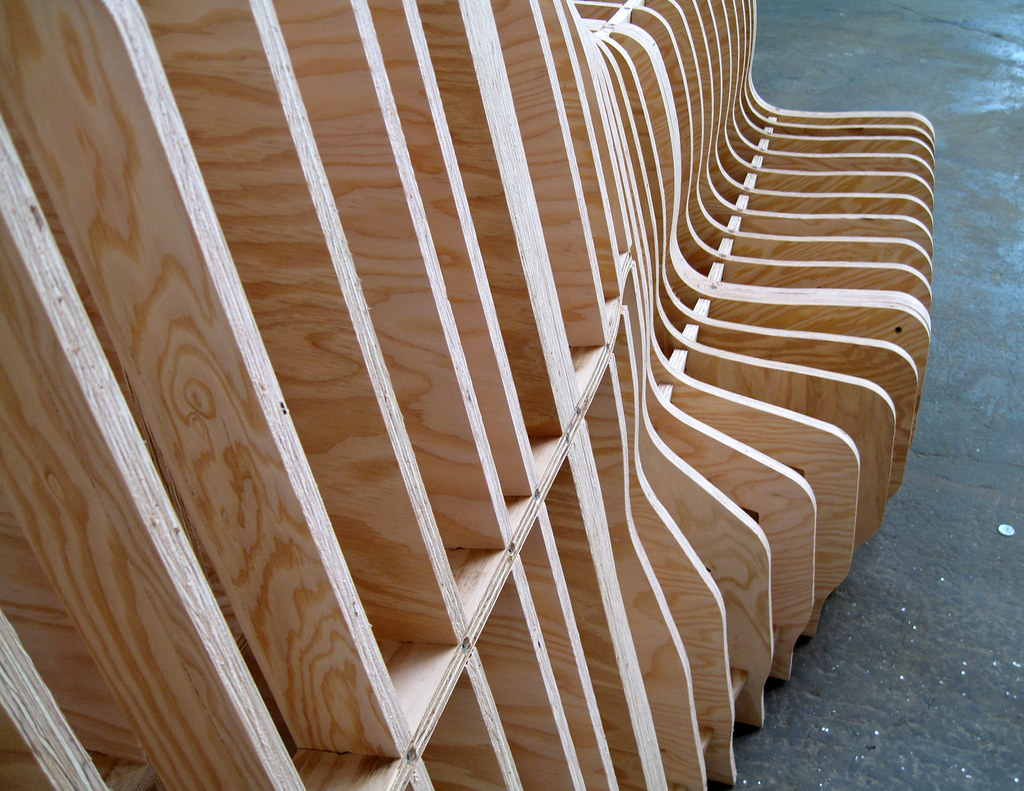Introduction
In modern life, the population is increased significantly due to the huge population, making high-rise buildings essential to provide shelter to human beings. The high-rise building has many benefits. Along with these benefits, some drawbacks are also associated with these buildings.
The main disadvantage of these buildings is that the fresh air cannot flow through the building by itself. Due to the absence of fresh air, maintaining the heat and cool inside the building is very tough. The engineer comes up with an ultimate solution to the problem with the help of HVAC. In this article, you will learn about what a HVAC system is and get information about different parts of the HVAC system.
What is a HVAC system?
HVAC System is the abbreviation of “Heating Ventilation and Air Conditioner System,” which is used to maintain an ideal atmosphere in any building. HVAC systems are also used for controlling the humidity level inside the building. There are also multiple methods present to maintain the heat in winter and cooling in summer, HVAC system is far better than all of them. Inside any HVAC system, “Air Condition” and “Furnace” are installed to provide ideal conditions for your rooms. In the HVAC systems, vents are also used to intake the fresh air and provide a path for building air to exit from the buildings.
Why is it necessary to know about the parts of HVAC system?
After knowing the primary purpose of HVAC system, the knowledge of different parts of HVAC system is also essential because the information about the parts of HVAC system will help you a lot when you do not get proper heating, cooling, and ventilation from your HVAC. You can also get maximum efficiency and avoid many faults by getting more information about the parts of HVAC system.
Other benefits that you can get after knowing about the parts of HVAC system are as under:
- You can save a lot of cost from the expensive breakdown of HVAC system because information about parts of HVAC system will help to take necessary action to get minimum damage due to system breakdown.
- If you know about all the parts of the HVAC system, you can maintain a comfortable environment inside the building for maximum time. Parts of HVAC system so, now you have a better idea of why it is so important to know about the parts of HVAC system. In this section, you will get all the necessary information about the different parts of the HVAC system to get maximum advantage from it. Heat generator Heat generators are then used to produce the required heat to warm up the room in a building.
Different type of fuel and electricity is used to produce heat. If you want a clean environment without dangerous gas emissions from the heat generation process, you must prefer an HVAC system with an electrical heating system.
Heat exchanger
A heat exchanger is the second essential part of any HVAC system.
The heat working on heat exchanger
- When heating is required from the HVAC system, after pressing the heating button on the main HAVC panel, the fuel starts burning and creates heat in the heat generator unit.
- Due to the burner, the air in the HVAC starts heating up. This hot air is used to warm up the building inside in the winter.
- Due to different elements in the heat exchanger unit, the hot air reaches the required place, where heating is required.
Read More: 5 Things to Upgrade If Your Home WiFi Is Lagging
Blower unit of HVAC
In the HVAC system, the blower is one of the essential parts. A blower is used to push the hot air into the ducting system and suck the cool air already available in the room. A blower is also responsible for providing fresh air inside the building. Combustion chamber The HVAC system that uses gas to create the heat must have a combustion chamber. The combustion chamber is a complete system to get heat from burning the gas.
- When heat is required from the HVAC system, a small amount of gas and oxygen enters the combustion chamber.
- After entering gas and oxygen in the combustion chamber, they start burning up due to the automatic electronic ignition system.
- The gas will continue to enter the combustion chamber until the operator wants to turn off the heat button from the main panel of HVAC system.
- Due to the burning of the heat, carbon mono oxide is emitted as a result. CO2 is harmful to human health.
So, in some state-of-the-art combustion chambers, a system is available to purify these CO2 gasses. Compressor Unit The compressor unit is responsible for creating cool air. The cool air is used to cool the rooms in hot weather. The compressor is the part of an air conditioner that is used for the cooling of refrigerant liquid. The cold refrigerant transfers its chillness through a copper tube to the evaporator coil in the HVAC system. Evaporator coil Evaporator coils are responsible for spraying the cold or hot air into the room where heating or cooling is required.
The evaporator coil consists of several nozzles.
- If heating is required in the rooms, the hot air starts heating the refrigerant gasses. These hot gasses are sprayed into the room through evaporator coils to warm up the room.
- Similarly, the cool air through the compressor or air conditioning unit cools the refrigerant. The cold refringent is sprayed through an evaporator coil in the room to cool up the room temperature.
Thermostat
The last part of the HVAC system is called the thermostat. A thermostat is primarily a temperature sensor. This sensor gets the input value through the temperature setting by the human. And according to the input temperature values, it turns on or off the heating and cooling system.
For example:
- If a user sets the temperature value to 30 degrees centigrade. Currently, the room temperature is 17 degrees centigrade, and then the thermostat sends a command to the heating unit to start and warm up the atmosphere temperature.
- Once the atmosphere temperature reaches 30 degrees centigrade, the thermostat sends a command to the heating unit to stop producing heat.
- The thermostat continuously monitors the room temperature.
Summary
So, these are the main parts of the HVAC system that control the environment of any high rise of a closed building. HVAC systems play an essential role in the progress of the modern world by providing an ideal environment for many big buildings.

















